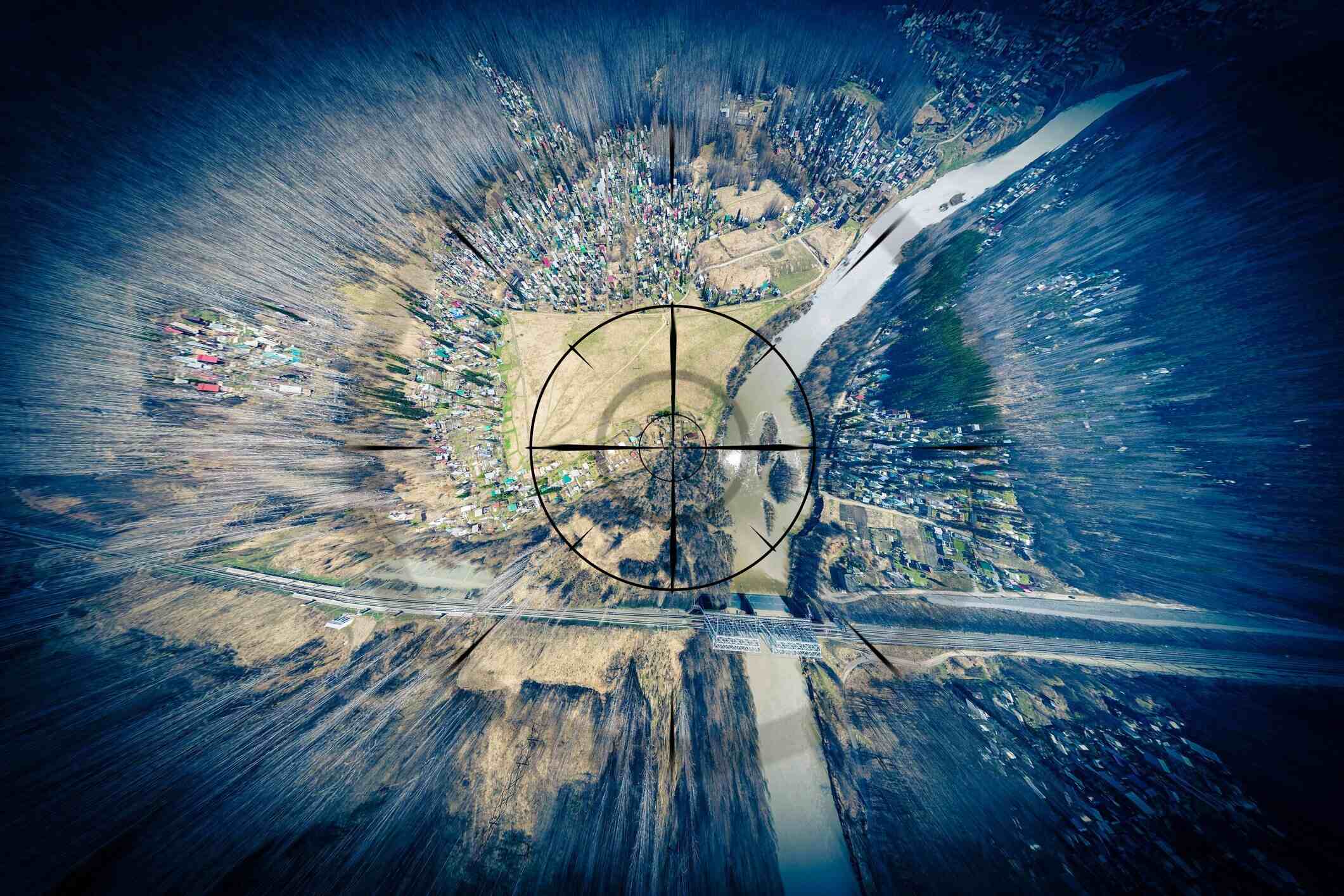
LiDAR, short for Light Detection and Ranging, is a remote sensing method that uses light in the form of a pulsed laser to measure variable distances to the Earth. This technology has revolutionized fields like archaeology, forestry, and autonomous vehicles. But what exactly makes LiDAR so special? LiDAR provides incredibly accurate 3D maps of the environment, which is crucial for applications requiring precise measurements. From mapping ancient ruins hidden beneath dense forests to helping self-driving cars navigate safely, the uses of LiDAR are vast and varied. LiDAR is not just about lasers and light; it's about transforming how we see and interact with the world. Ready to learn more? Here are 30 fascinating facts about this groundbreaking technology.
What is LiDAR?
LiDAR stands for Light Detection and Ranging. It’s a remote sensing method that uses light in the form of a pulsed laser to measure variable distances to the Earth. These light pulses, combined with other data recorded by the airborne system, generate precise, three-dimensional information about the shape of the Earth and its surface characteristics.
-
LiDAR technology was first used in the 1960s, primarily for meteorology to measure clouds.
-
The term "LiDAR" is a combination of "light" and "radar."
-
LiDAR can generate millions of data points per second, creating highly detailed 3D maps.
-
It works by emitting laser pulses and measuring the time it takes for them to return after hitting an object.
How Does LiDAR Work?
Understanding how LiDAR works can help appreciate its applications. The technology involves sending out laser pulses and measuring the time it takes for them to return to the sensor.
-
LiDAR systems typically use ultraviolet, visible, or near-infrared light to image objects.
-
The technology can measure distances with an accuracy of a few centimeters.
-
LiDAR sensors can be mounted on airplanes, helicopters, drones, or even satellites.
-
The data collected by LiDAR is processed to create 3D models of the scanned environment.
Applications of LiDAR
LiDAR has a wide range of applications across various fields. From archaeology to autonomous vehicles, its uses are expanding rapidly.
-
In forestry, LiDAR helps in measuring canopy heights, biomass, and even tree species identification.
-
Archaeologists use LiDAR to uncover hidden structures beneath dense forest canopies.
-
Autonomous vehicles rely on LiDAR for navigation and obstacle detection.
-
LiDAR is used in agriculture for precision farming, helping to optimize field management.
LiDAR in Environmental Studies
Environmental scientists use LiDAR to study natural landscapes and phenomena. It provides detailed topographic maps that are crucial for various analyses.
-
LiDAR helps in flood risk management by creating accurate floodplain maps.
-
It is used to monitor coastal erosion and changes in shoreline.
-
Scientists use LiDAR to study glacier dynamics and ice sheet movements.
-
LiDAR data assists in habitat mapping and wildlife conservation efforts.
Advantages of LiDAR
LiDAR offers several advantages over traditional surveying methods. Its ability to capture detailed and accurate data quickly makes it invaluable.
-
LiDAR can operate in both day and night conditions.
-
It can penetrate vegetation, providing ground elevation data even in forested areas.
-
The technology offers high spatial resolution, capturing fine details.
-
LiDAR data can be integrated with other geospatial data for comprehensive analysis.
Challenges and Limitations of LiDAR
Despite its many advantages, LiDAR technology has some limitations. Understanding these can help in better application and development of the technology.
-
LiDAR systems can be expensive to deploy and maintain.
-
The technology requires significant data storage and processing capabilities.
-
Weather conditions, such as heavy rain or fog, can affect LiDAR performance.
-
LiDAR data may require extensive post-processing to remove noise and errors.
Future of LiDAR Technology
The future of LiDAR looks promising with advancements in technology and new applications emerging. Continuous improvements are making it more accessible and efficient.
-
Miniaturization of LiDAR sensors is making them suitable for smaller drones and handheld devices.
-
Advances in AI and machine learning are enhancing LiDAR data processing and interpretation.
-
LiDAR is being integrated with other sensors, like cameras and radar, for more robust data collection.
-
The automotive industry is investing heavily in LiDAR for the development of fully autonomous vehicles.
Fun Facts About LiDAR
LiDAR isn't just about serious science and technology. There are some fun and interesting tidbits about this fascinating technology.
-
LiDAR was used to map the surface of the moon during the Apollo missions.
-
The technology has helped discover ancient cities and structures, like the lost city of the Monkey God in Honduras.
LiDAR's Impact on Our World
LiDAR technology has transformed how we understand and interact with our environment. From mapping the ocean floor to autonomous vehicles, its applications are vast and varied. This tech isn't just for scientists and engineers; it's also helping farmers optimize crop yields and archaeologists uncover hidden treasures.
Accuracy and efficiency are LiDAR's strong suits, making it invaluable in urban planning and disaster management. It's fascinating how a single technology can touch so many aspects of our lives. As LiDAR continues to evolve, its potential seems limitless.
Whether you're a tech enthusiast or just curious about the world, understanding LiDAR gives you a glimpse into the future. Keep an eye on this space; the advancements are just getting started. LiDAR is here to stay, shaping a smarter, more connected world.
Was this page helpful?
Our commitment to delivering trustworthy and engaging content is at the heart of what we do. Each fact on our site is contributed by real users like you, bringing a wealth of diverse insights and information. To ensure the highest standards of accuracy and reliability, our dedicated editors meticulously review each submission. This process guarantees that the facts we share are not only fascinating but also credible. Trust in our commitment to quality and authenticity as you explore and learn with us.
